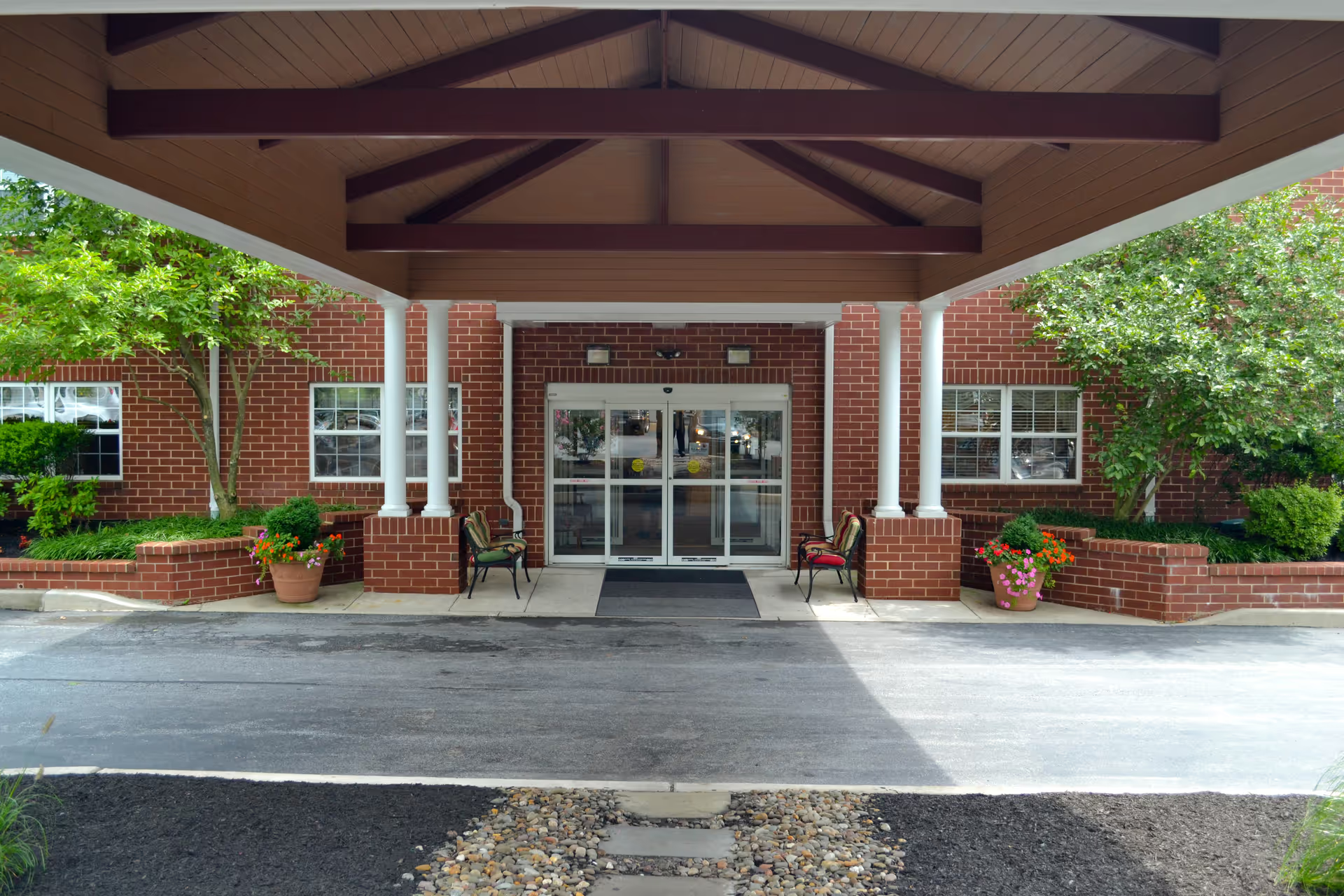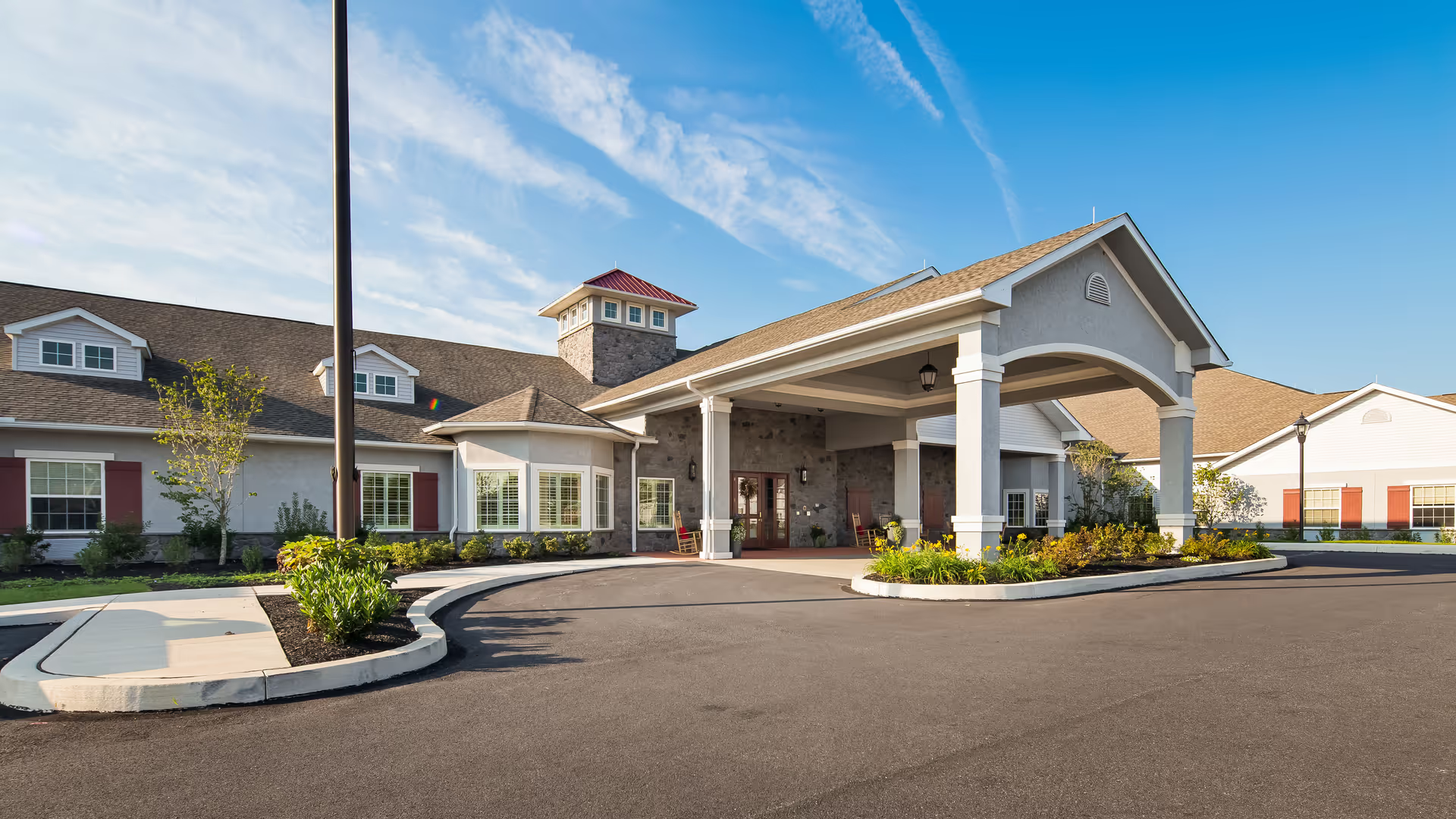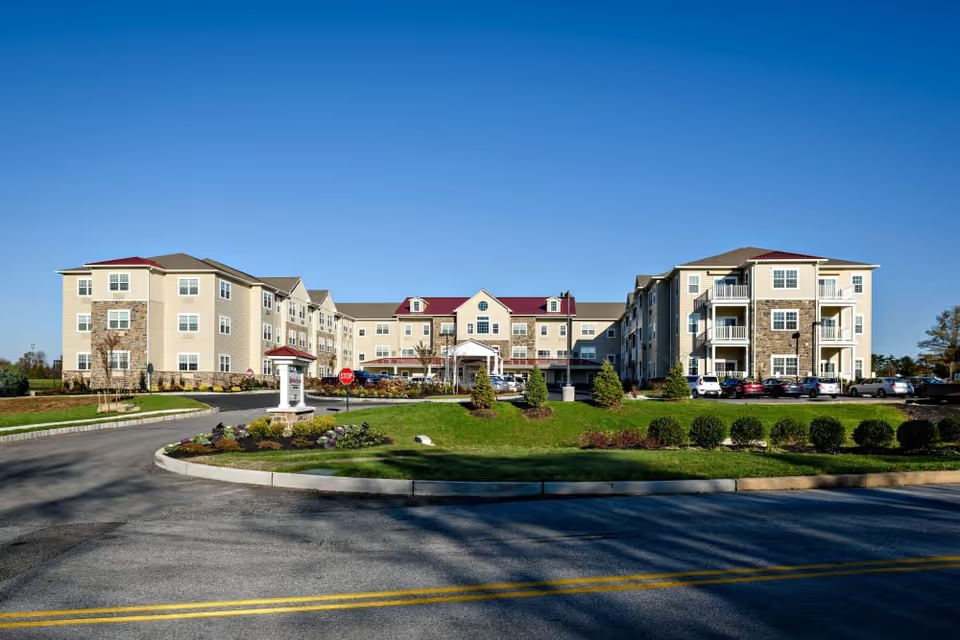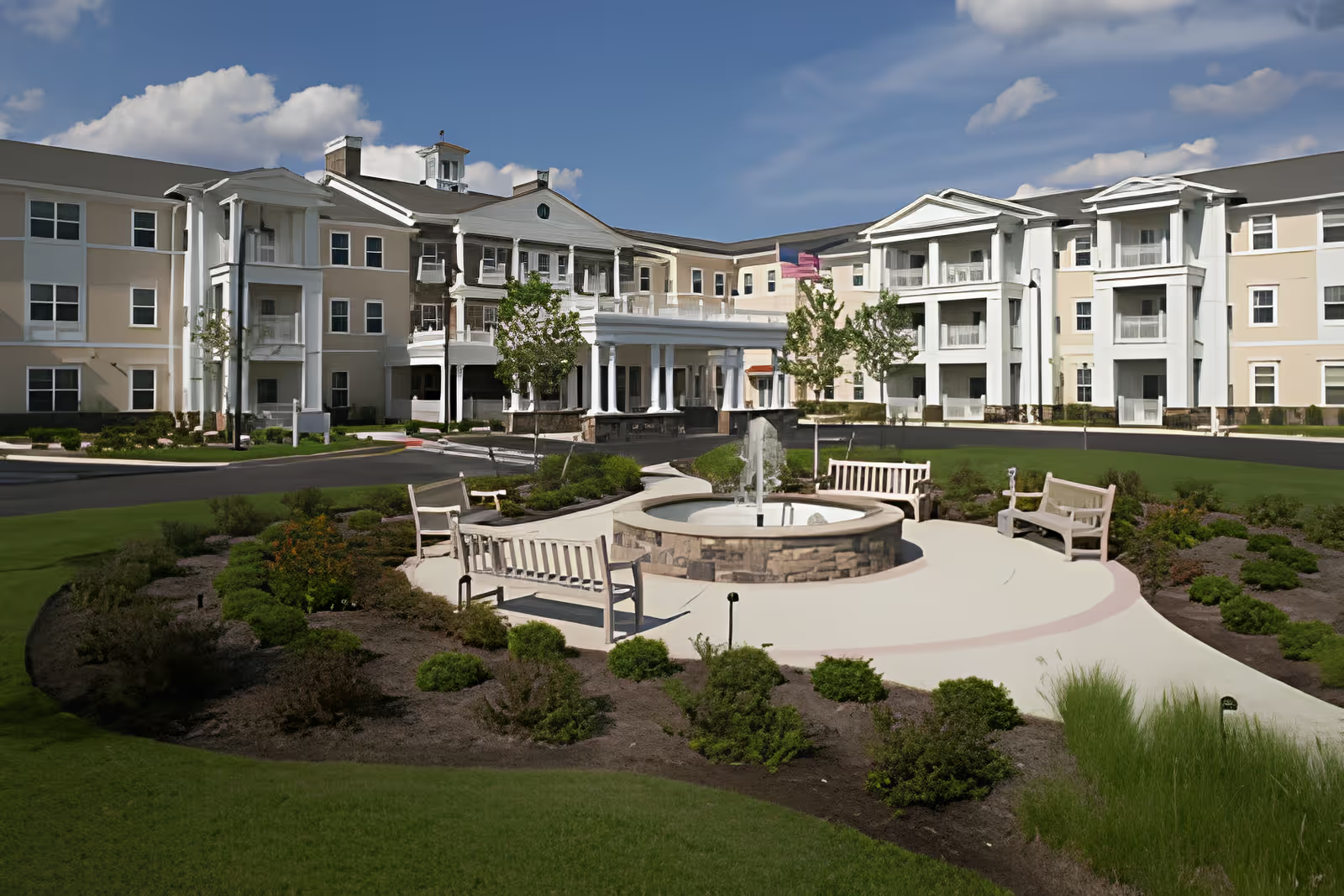Overall sentiment across the reviews is mixed but leans toward positive when it comes to individual caregivers and clinical teams, and mixed-to-critical when it comes to facility condition, staffing levels, administrative policies, and consistency of care. A very large portion of reviewers repeatedly praise the staff — nurses, nurse aides, therapists (PT/OT/Speech), the Nurse Practitioner, activity leaders, and certain standout individuals (notably Nurse Sue in multiple mentions) — for compassion, responsiveness, and hands‑on assistance. Many families report that staff provide dignity, respect, emotional reassurance, and practical help, and that residents feel at home. Multiple reviewers specifically note strong rehabilitation outcomes, good communication (including weekly Zoom updates during COVID-19), effective COVID precautions, and team‑oriented care that supports recovery. Activities programming receives consistent positive remarks for engagement and variety, and some reviewers call out pleasant grounds and improvement in food quality and breakfast offerings.
Conversely, there are persistent and recurring concerns about staffing levels and inconsistency in care quality. Several reviews describe short‑staffing, long waits for nurse responses or call buttons, and delays in weekend care. Some families report that staff shortages resulted in missed personal care tasks (failure to change bedding or bathe residents, leaving residents in gowns, or not helping residents dress), and at least a few reviewers felt the facility did not adequately push therapy when expected. There are also reports of variable performance between different admissions or visits — what one family praises as “top‑notch” care, another experienced as underwhelming during a subsequent stay. Turnover and leadership changes (including a DON resignation) were explicitly mentioned and contribute to perceptions of instability.
Facility condition and cleanliness impressions are highly polarized. Many reviewers describe spotless housekeeping, impeccably clean laundry, and an overall clean environment; others report serious cleanliness problems including urine odors in hallways, dirty sheets, soiled clothing, and even strong language calling the facility “filthy” and “disgusting.” Multiple reviewers mention that the property is aging and could use a facelift or updating, and a subset cite bathrooms that are not accessible or not up to code. These conflicting accounts suggest that cleanliness and maintenance may be uneven across units, shifts, or over time — with some staff and housekeeping teams receiving high praise while other incidents of neglect raise alarms for families.
Administrative and policy issues appear frequently. While many families commend open communication and strong administration, a number of reviewers recount negative experiences with billing and payment procedures (a shift away from accepting cash to requiring money orders was described as inconvenient), a reported unpaid doctor’s bill that posed collection risk, and frustrations over unhelpful or dismissive administrative staff. Some reviewers perceive systemic, profit‑driven problems and accuse external providers (doctors/PAs) of inappropriate billing practices; these are serious but appear in a minority of reviews and reflect deep mistrust from some families. There are also isolated reports of improper handling of primary care provider contact details, poor social worker interactions, and inconsistent admissions/tour experiences.
Dining and activities generate generally positive feedback but with caveats. Several residents and family members enjoyed meals and praised special events and menu items; others complained that food was served cold or that meal intake was a concern for some residents. Activities are repeatedly singled out as a strength, with engaged leaders, varied programming, and social events that contribute to resident well‑being.
In sum, the dominant pattern in these reviews is a strong, recurring appreciation for the people who work at the facility — nurses, aides, therapists, and activity staff — who are often credited with delivering compassionate, family‑oriented care and achieving good rehabilitation results. Balancing that, there are consistent, substantive concerns about staffing sufficiency, variability of care between shifts or stays, administrative/policy frustrations, and uneven facility upkeep and cleanliness. A prospective resident or family should weigh the high regard for individual caregivers and therapy outcomes against reports of inconsistent operational performance and consider asking for up‑to‑date information on staffing levels, recent inspections or remediation work, approaches to billing, and opportunities to meet the direct‑care team before admission. The reviews indicate that experiences can range from excellent to very poor, often depending on shift, unit, or recent staffing changes, so direct, specific inquiries and an in‑person visit (including checking rooms, bathrooms, and dining) would be important when evaluating Abington Manor.







